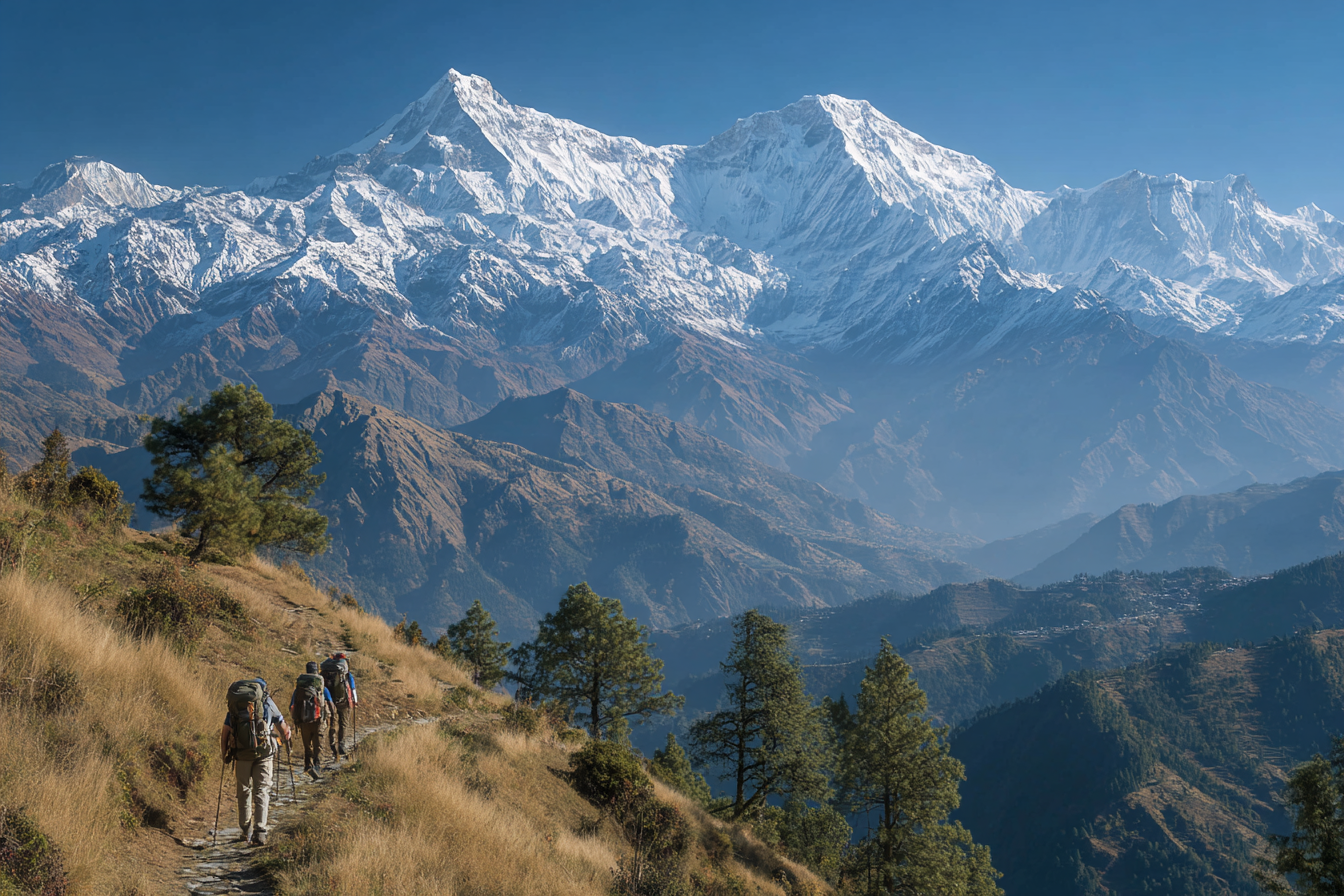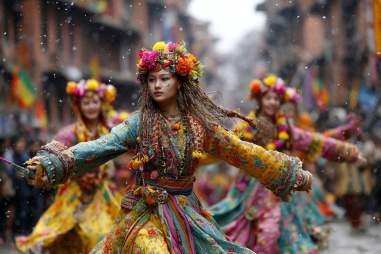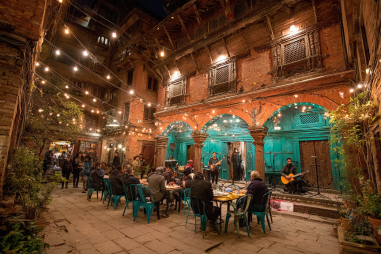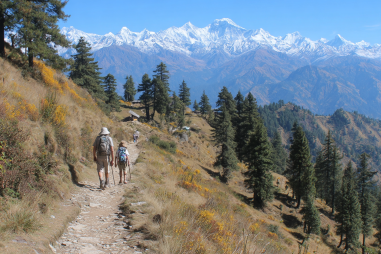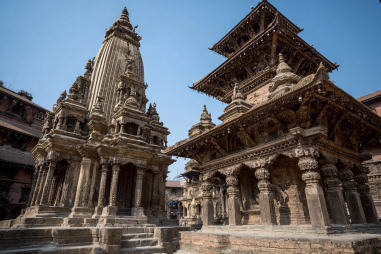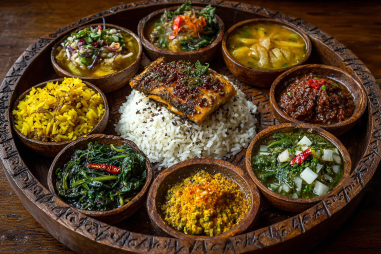Nepal, often dubbed the trekking capital of the world, offers an unforgettable experience for adventure enthusiasts and nature lovers alike. Nestled in the heart of the Himalayas, Kathmandu serves as the vibrant gateway to some of the most breathtaking trekking expeditions in the country. Whether you’re chasing towering snow-capped peaks, exploring lush valleys, or immersing yourself in rich local culture, starting your journey from Kathmandu ensures you access some of Nepal’s best trails. In this guide, we’ll explore the top trekking routes beginning from Kathmandu, essential preparations, and tips to make your Himalayan trek a memorable success.
Popular Trekking Routes from Kathmandu
From Kathmandu, trekkers can embark on several renowned routes that showcase Nepal’s stunning landscapes and diverse cultures. Among the most popular hiking adventures accessible from the capital are the Everest Base Camp trek, the Annapurna Circuit, and the Langtang Valley trek.
Everest Base Camp Trek
The iconic Everest Base Camp trek is a dream journey for many hikers, leading you to the foothills of the world’s highest peak, Mount Everest. The trek typically takes around 12-14 days round trip from Kathmandu. Starting with a domestic flight to Lukla, trekkers navigate through Sherpa villages such as Namche Bazaar, Tengboche, and Dingboche. The route offers spectacular views of Everest, Lhotse, Nuptse, and Ama Dablam and immerses you in the unique Tibetan-influenced Sherpa culture.
Annapurna Circuit Trek
The Annapurna Circuit is famous for its diversity, ranging from subtropical forests and terraced fields to alpine landscapes and high mountain passes. It usually takes about 15-20 days, starting with a bus or jeep journey from Kathmandu to Besisahar. Trekkers travel through traditional villages, cross the thrilling Thorong La Pass at 5,416 meters, and enjoy views of Annapurna and Machapuchare peaks. The circuit is well-loved for its rich cultural exposure with Gurung and Thakali communities along the way.
Langtang Valley Trek
Closer to Kathmandu, the Langtang Valley trek offers a more moderate option for trekkers with limited time but still seeking high-mountain scenery. The route passes through rhododendron forests and traditional Tamang villages, famed for their warm hospitality and unique culture. Taking about 7-10 days, the trek offers spectacular views of Langtang Lirung and opportunities to explore the Langtang National Park.
Understanding Trekking Permits and Regulations
Before embarking on any trekking trip in Nepal, obtaining the necessary permits is essential. For the most visited routes, you’ll need the following permits:
- TIMS Card (Trekkers’ Information Management System): This permit records trekker details and is required for many trekking areas, ensuring safety and security for visitors.
- National Park Permits: For example, the Sagarmatha National Park permit is mandatory for the Everest Base Camp trek, while the Annapurna Conservation Area Permit (ACAP) is needed for the Annapurna Circuit.
Permits can be obtained through trekking agencies, guides, or at designated offices in Kathmandu. Fees vary based on the park and duration of the trek. It’s important to carry these permits at all times during your hike, as park officials may request to see them.
Guided vs Independent Trekking: Making the Right Choice
Choosing between trekking independently or hiring a guide and porter is a key decision that impacts your experience. Here’s a look at the pros and cons of each approach:
- Guided Trekking: A guide enhances your experience by sharing knowledge about local culture, flora, and fauna. Guides assist in navigation, handling permits, and managing logistics. Hiring porters can reduce your physical burden. This option increases safety, especially on remote or challenging routes.
- Independent Trekking: For seasoned trekkers with trekking experience and good preparation, going solo offers maximum freedom and flexibility. However, you need to be well-prepared with maps, knowledge of permits, and accommodation arrangements.
For first-timers or those unfamiliar with Himalayan trekking, a guided trip is often recommended to make the journey smoother and safer.
Essential Packing and Fitness Tips for Kathmandu Trekking Trips
Successful trekking begins long before you hit the trail. Preparation involves careful packing and physical conditioning.
Packing Essentials
Your gear should be functional, lightweight, and suitable for variable mountain weather. Key items to include are:
- Quality hiking boots with ankle support
- Layered clothing – moisture-wicking base layers, fleece or down mid-layers, waterproof jacket and pants
- Hat, gloves, and sunglasses for sun and cold protection
- Sleeping bag rated for cold temperatures (especially for Everest or Annapurna)
- Daypack with rain cover
- Water purification tablets or filters and reusable water bottles
- Basic first-aid kit and altitude sickness medication
- Headlamp or flashlight with extra batteries
- Snacks and energy bars
Fitness Preparation
Cardiovascular endurance, leg strength, and stamina are crucial. Regular hiking, jogging, swimming, cycling, and stair climbing in the weeks leading up to your trek help prepare your body for the high-altitude exertion. It’s also important to practice carrying the weight you plan to have in your backpack to build endurance and avoid injury.
Experiencing Local Culture and Villages Along the Trek
One of the most rewarding aspects of trekking from Kathmandu is the opportunity to engage with Nepal’s rich cultural tapestry. Villages dotted along these trails bring a sense of warmth and authenticity. Here are some cultural highlights you can expect:
- Everest Region: Encounter the Sherpa community, famed for their mountaineering heritage and Buddhist monasteries.
- Annapurna Circuit: Meet Gurung and Thakali ethnic groups, sample local cuisine like dal bhat, and stay in traditional teahouses.
- Langtang Valley: Explore Tamang villages where Tibetan Buddhist culture is predominant, complete with prayer wheels and mani stones.
Engaging respectfully with locals and learning about their customs enriches your trekking experience beyond spectacular views.
Accommodation and Altitude Considerations
Trekking accommodation in Nepal commonly includes teahouses or lodges, which range from basic to more comfortable depending on the trail and elevation. These guesthouses provide meals and a place to rest, helping foster a social atmosphere among trekkers.
Altitude sickness can be a serious concern on many routes, especially above 3,000 meters. It’s important to ascend gradually, maintain hydration, and listen to your body. Symptoms like headache, nausea, dizziness, and fatigue signal that acclimatization is needed. Trekkers should incorporate rest days and consider descending if symptoms worsen.
Safety and Emergency Advice for Trekking from Kathmandu
While Nepal is generally safe for trekkers, mountain environments can be unpredictable. Here are key safety tips:
- Always inform someone of your trekking itinerary and check-in regularly if possible.
- Use reputable guides and agencies, especially for challenging treks.
- Stay updated on weather conditions and be prepared to adapt plans accordingly.
- Carry a first-aid kit and consider travel insurance that covers high-altitude trekking and evacuation.
- Be aware of altitude sickness signs and know when to seek medical help.
- Respect local customs and environment to minimize risks.
In emergencies, Kathmandu has well-equipped hospitals and evacuation services. Many trekking agencies also provide satellite phones or other communication devices for remote areas.
Recommended Operators for Kathmandu Trekking Trips
Planning with a trusted trekking operator can enhance your experience by managing logistics, securing permits, and ensuring safety. Some highly regarded agencies based in Kathmandu include:
- Adventure Connexion Nepal: Known for customized trekking packages and experienced guides.
- Nepal Hiking Team: Offers comprehensive treks with a focus on responsible tourism.
- Himalayan Glacier Trekking and Expedition: Provides guided and independent trekking support with excellent customer reviews.
- Mountain Monarch Nepal: Specializes in moderate and challenging treks with expert local knowledge.
When choosing an operator, consider their experience, client feedback, and ethical practices regarding local staff and environmental conservation.
Starting your trek from Kathmandu opens doors to some of Nepal’s most awe-inspiring mountain landscapes and vibrant cultures. With the right planning, mindset, and support, Kathmandu trekking trips can be one of the most rewarding adventures of your life. Whether aiming for the legendary Everest Base Camp or the charming Langtang Valley, Nepal’s trails welcome you with open arms and endless wonders.

